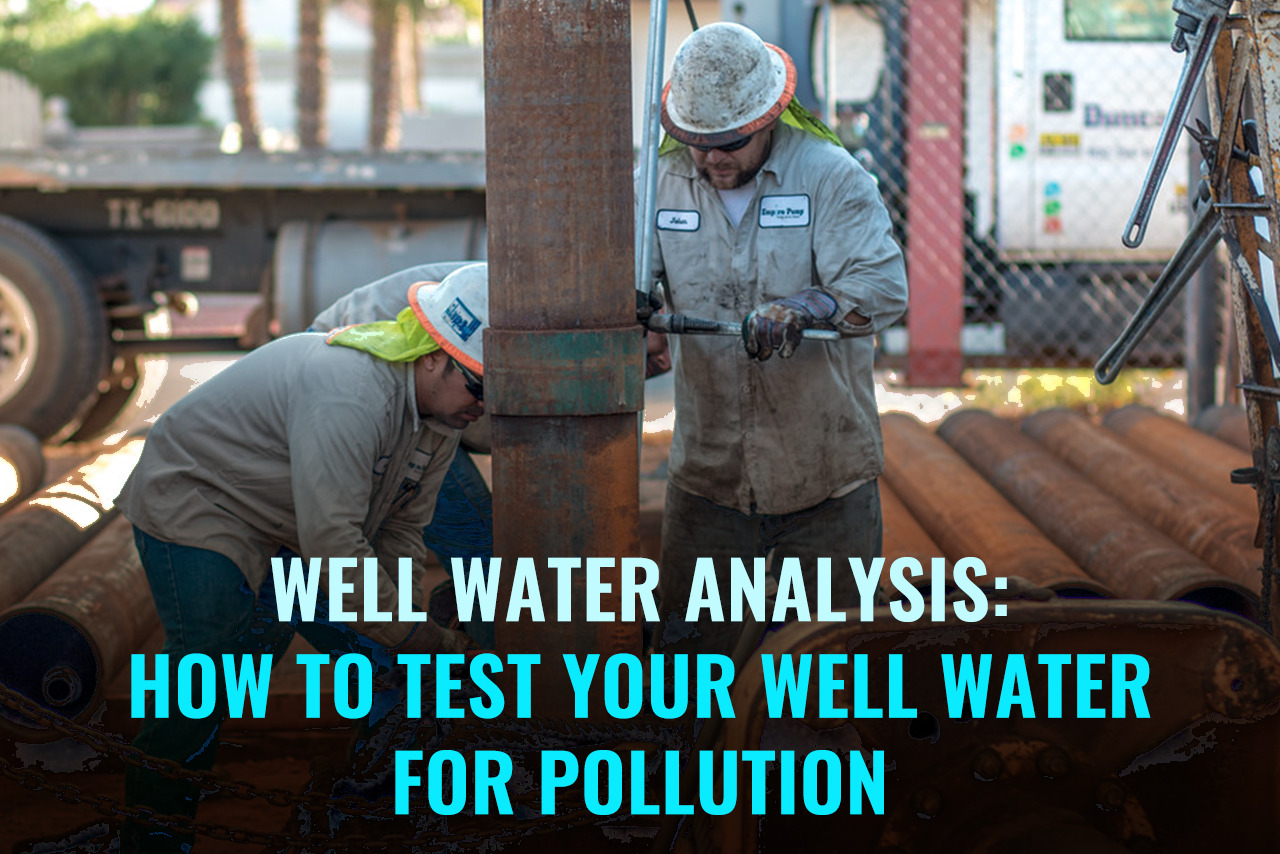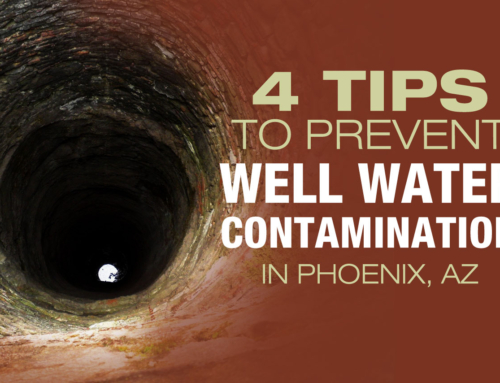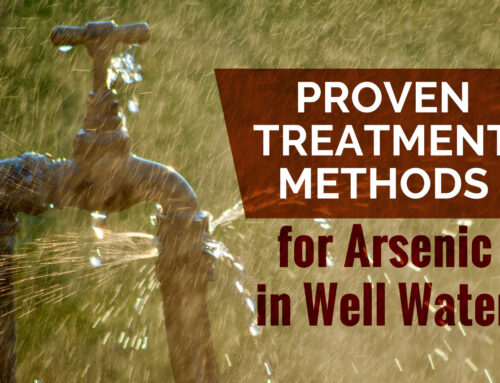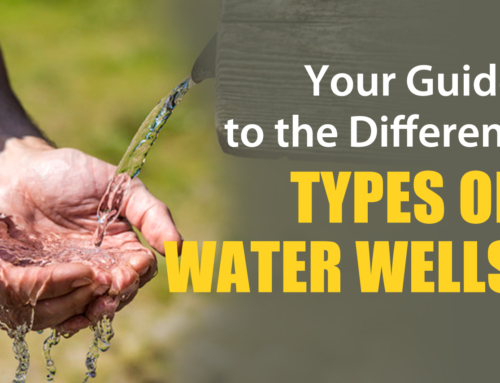Are you not sure if your well water is safe to drink and you don’t know how to test for pollution?
It’s hard to know if using well water is safe, especially if you don’t know how to test it for pollution.
But don’t worry, we can help!
In this article, we’ll teach you how to do a well water analysis so that you can determine whether or not your water is polluted.
Read on to find out more.
Step 1: Collect a Water Sample
Collect your water sample in a sterile, sealable container and label it with the date and time of collection.
Make sure to collect enough water for testing—usually, about one gallon or more depending on the test being conducted.
Step 2: Take the Sample to a Lab for Analysis
Once you have collected your water sample, take it to an approved laboratory that specializes in well water analysis so they can perform tests on your sample and perform regular well maintenance.
The lab will likely be equipped with sophisticated equipment and experienced personnel who are able to accurately measure various components present in the water, such as chemicals or pathogens that may indicate contamination.
Step 3: Follow Up With Results From the Lab
The lab will likely contain sophisticated equipment and experienced personnel.
They are able to accurately measure various components present in the water.
These would include chemicals or pathogens that may indicate contamination.
If any concerning levels present themselves, contact an environmental specialist.
Or your local health department for advice on how to address the issue.
It is important to take action promptly if high levels of contamination show.
This is to maintain a safe well water supply for your family and community.
Step 4: Take Preventive Measures
In addition to conducting regular testing, there are a few important steps you can take to reduce contamination from entering your well water supply in the first place.
Make sure that all septic systems and other sources of pollution are located away from your residential well, and ensure that runoff is not flowing into it.
Additionally, keep hazardous materials such as motor oil and pesticides away from the area surrounding your well.
By taking these simple precautions, you can help to reduce the risk of water contamination and protect your family’s health.
Step 5: Repeat Testing Periodically
It is important to regularly test your well water quality for contaminants in order to ensure its safety.
Depending on your location, local authorities may need tests every year.
Sometimes though it may be after a certain period of time has passed since the last analysis occurred.
Alternatively, if you have noticed any changes in the taste, smell, or color of your water, it could be an indication that something is wrong—in this case, it would be best to re-test your sample as soon as possible.
Ready to Do Some Well Water Analysis?
You should now have a better understanding of how to test your well water for pollution and what can cause contamination.
This is an essential step in the right direction for your health and safety.
Remember, if you’re ever unsure about your well water analysis results or what they mean, reach out to a professional for help.
And be sure to check our blog regularly for more helpful tips and information!
___________________________________________________
Do you know what’s in your water? Phoenix well water testing on a regular basis can give you peace of mind and keep your family safe. Empire Pump specializes in helping businesses and homeowners with all of their well water testing, installation, and maintenance needs. Call 623-582-5069 now to get a quote or schedule an appointment!
Read related articles:
How to Fix a Well Pump that Isn’t Pumping Water






